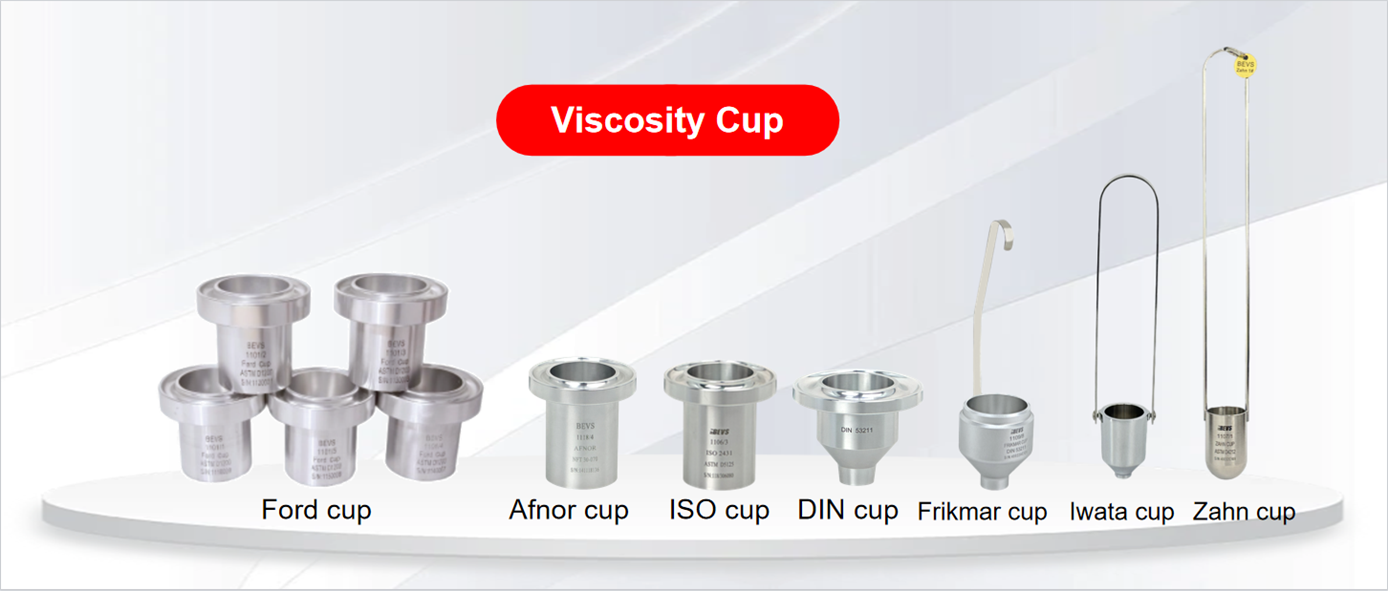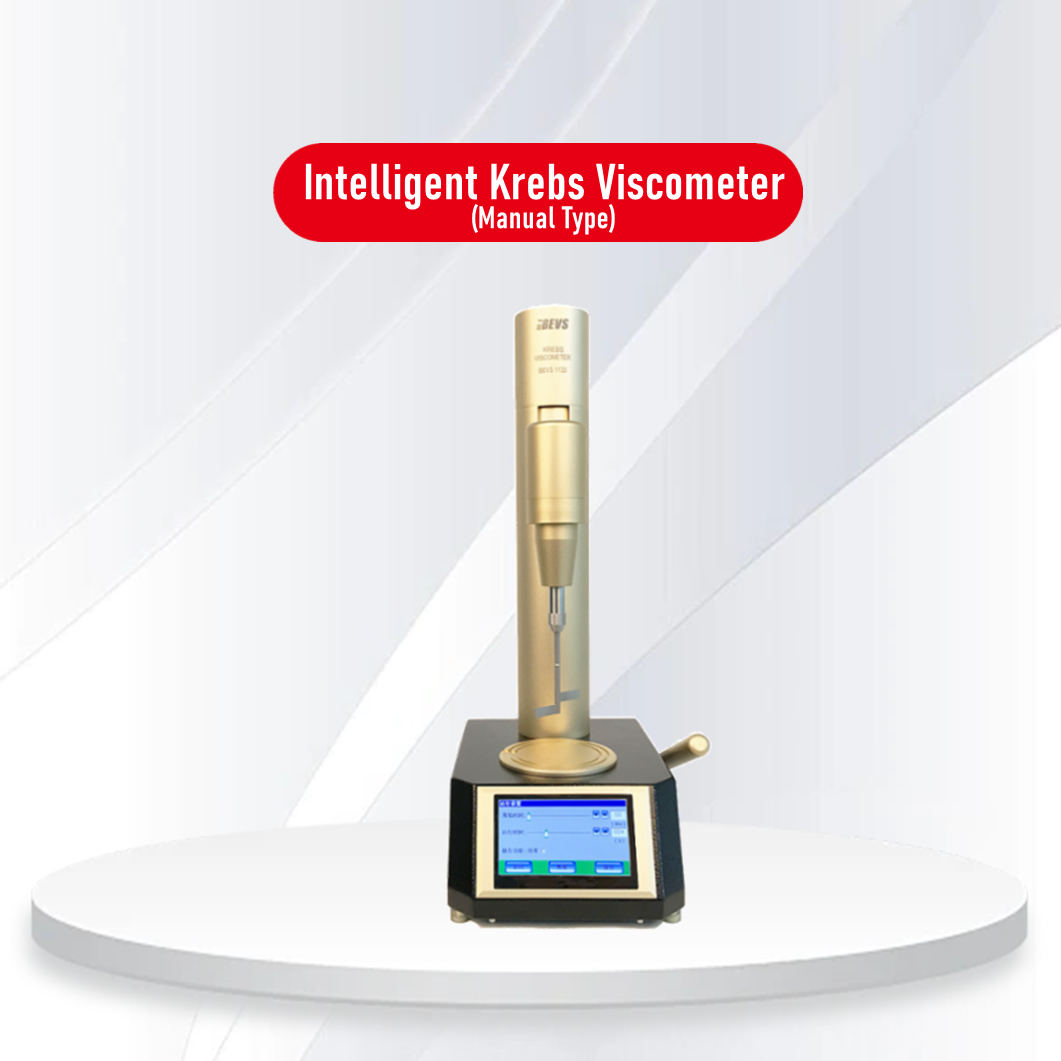In our daily lives, a mysterious force is quietly at work — it slows the flow of honey, enables engine oil to lubricate smoothly, and gives milk its silky texture. Though invisible and intangible, this force plays an essential role in countless aspects of our everyday experience. This remarkable phenomenon is known as fluid viscosity.
Although the term viscosity may sound technical, it’s actually full of fascinating insights. You can think of it as a kind of internal friction within a fluid. Imagine a group of people holding hands — if they grip tightly, the group moves slowly; but if they’re just loosely linking arms, they can move more freely. Fluids behave in much the same way: the stronger the “hand-holding” between molecules, the higher the viscosity, and the thicker or stickier the fluid feels as it flows.
Everyday Examples of Fluid Viscosity:
Let’s explore the viscosity of some common fluids:
✦ Water
At room temperature, water has a viscosity of around 1 cP, making it very easy to flow.
✦ Milk
Slightly thicker than water, milk has a viscosity of about 2–3 cP. Its viscosity varies depending on fat content — whole milk is thicker than skim milk.
✦ Honey
A classic example of high viscosity, honey ranges from 2,000 to 10,000 cP. That’s why pouring honey requires a bit of patience.
✦ Engine Oil
Engine oil viscosities can range from tens to several hundred cP, depending on the formulation. Different engines require oils with different viscosity levels to ensure optimal performance.
Temperature and Viscosity: A Dynamic Relationship
Viscosity is not constant — it changes with temperature. As temperature increases, viscosity decreases. For example, honey stored in the fridge becomes thick and slow-moving, but once heated, it flows easily. This principle applies to most fluids, including paints and coatings.
Paint Viscosity: The Personality of Paint
When it comes to coatings, viscosity is more than just a measurement — it reflects the behavior of the paint.
Think of viscosity as paint’s “personality.” If the molecular bonds are tight, the paint is thicker; if the bonds are loose, it flows more freely. This directly affects application and finish:
✧ Too High Viscosity
Paint is too thick, hard to spread, and leaves brush marks — reducing surface smoothness.
✧ Too Low Viscosity
Paint is too runny, leading to sagging, poor adhesion, and weak coverage.
✧ Ideal Viscosity
Smooth, even flow for a clean, professional finish.
How Is Viscosity Measured?
To measure a fluid’s viscosity, we need a standard unit — and that unit is the pascal-second (Pa·s), named after the French physicist Blaise Pascal. However, Pa·s is often too large for practical use — like weighing an apple in tons. That’s why smaller, more convenient units are commonly used:
✧ Centipoise (cP):
1 Pa·s = 1000 cP. This is the most widely used unit in both daily life and industry.
✧ Poise (P):
1 P = 100 cP. This older unit is still in use but is less common than the centipoise.
Measuring Paint Viscosity
There are two common methods used in the paint industry:
✧ Seconds (Ford Cup Measurement)
Using a viscosity cup (such as a Ford Cup No. 4), we measure the time it takes for paint to flow through. The longer it takes, the higher the viscosity. For example, a reading of “120 seconds” means the paint takes 120 seconds to empty from the cup.
✧ Krebs Units (KU)
Measured with a Stormer viscometer, KU values reflect paint viscosity under moderate shear conditions. Higher KU values indicate thicker, heavier paint during application.
Factors That Influence Paint Viscosity
✧ Temperature – The Game Changer
As temperature rises, paint molecules become more active, reducing viscosity. In colder conditions, molecules bond more tightly, increasing viscosity. That’s why winter applications require extra attention to paint flow.
✧ Shear Rate – The Dynamic Factor
Some paints thin out when stirred or applied with force — a property known as shear thinning. This is why paint may feel smoother during brushing or rolling.
✧ Thixotropy – The Smart Behavior
Certain paints behave differently based on movement. Left alone, they become thicker. When stirred or applied, they loosen up and flow more freely. This time-dependent behavior is called thixotropy.
Viscosity may be invisible, but its impact is everywhere — from the smooth flow of coatings to the performance of industrial fluids. Accurate viscosity measurement is essential for quality control, product development, and process optimization across industries.
At BEVS, we specialize in delivering precise, reliable, and user-friendly viscosity measurement solutions. Whether you’re testing paints, oils, food products, or advanced materials, our viscometers are designed to help you measure with confidence, improve consistency, and meet the highest industry standards.
Discover how our instruments can bring clarity to your fluid measurements — because precision matters.
Auto Up/Down
Units: KU, g, cP
Range: 27~5274cP
Manual
Unit: KU, g, cP
Range: 27~5274cP
Easy Operation
Unit: KU, g, cP
Range: 27~5274cP
Voice + Touch Control
Range: 1~6000000cP
Speed: 0.1~200rpm
Auto Up/Down
Range: 0.1~36000cP
Speed: 562±1rpm
Temperature: RT~75℃
Range: 0.1~10000cP
Speed: 100~1500rpm
































